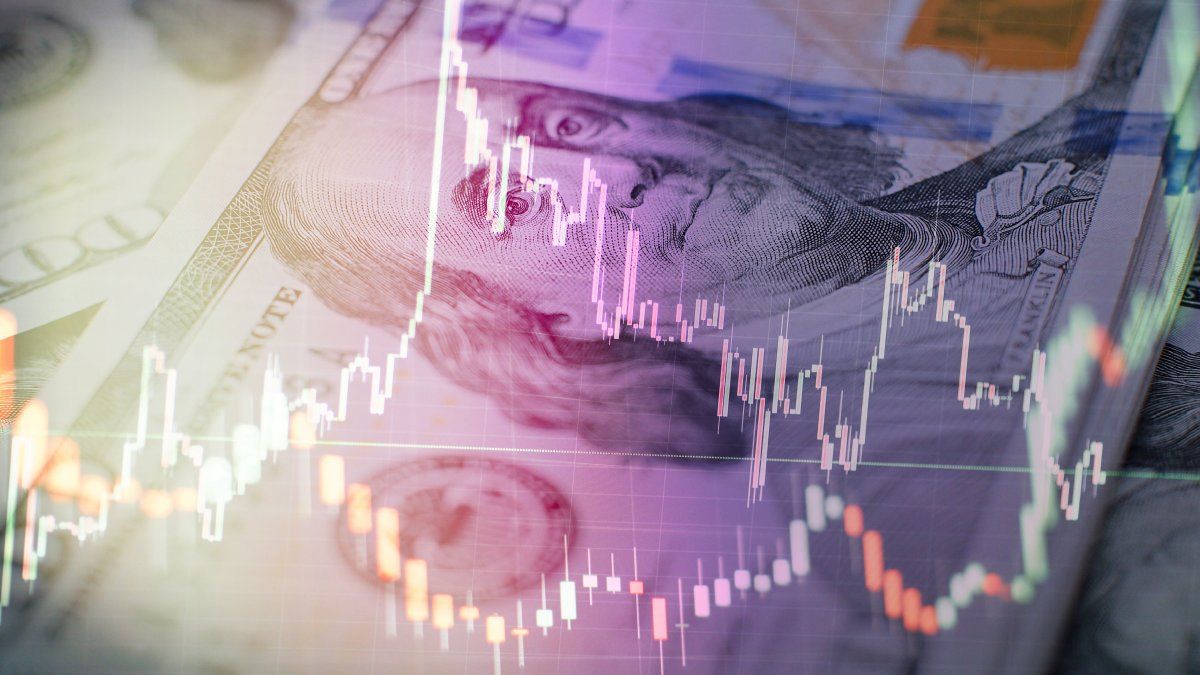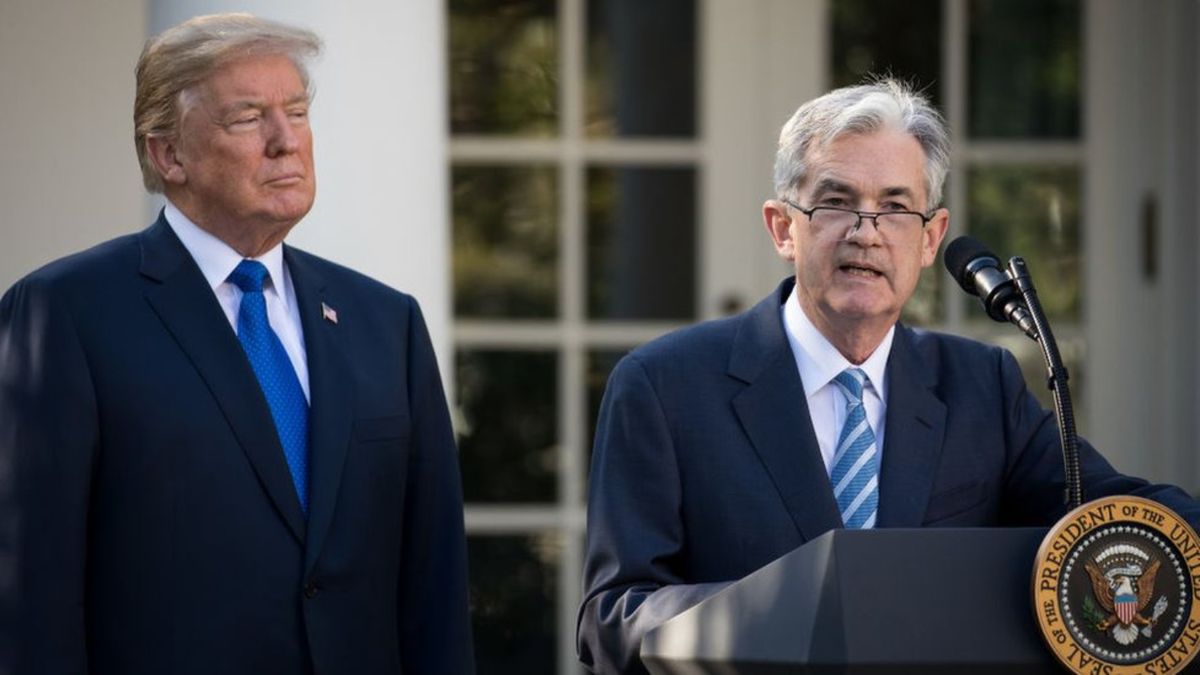Continuing along these lines, we will address the look at the titles in pesos that adjust for inflation, the TX26 bonus which pays 20% of the capital in 5 consecutive semi-annual installments starting in November 2024 and pays 2.0% annual interest, is a bond that yields inflation plus 6.0% internal rate of return, and its duration is 1.29, which means that in less than a year and 4 months you recover the money invested. According to our calculations, if you invest $ 1,699 in this bond today, with the payment of the next 3 maturities in November 2025, within 16 months, you recover 90% of what you invest. A unique offer for the market, since the UVA fixed term yields inflation plus 1.0% annually.
Bonds in pesos that adjust for inflation and mature from 2025 onwards already have a positive yield against inflation. If the government promises to continue with its 2.2% monthly devaluation policy, we will have a positive inflation rate in dollars that would give these securities a unique attractiveness in the market, outperforming sovereign bonds in dollars such as the TX29 and the Bopreal third series that expires in 2026.
Dual bonds (adjusted for inflation or exchange rate) continue to show negative interest rates, you have to pay premiums to access the benefit of a double update.
Bonds in pesos only adjustable per dollar linked pay negative interest rates against inflation.
Since all bonds should be arbitraged, inflation-adjusted peso bonds showing a positive rate, and dollar-linked bonds showing negative rates, this implies that the market is pricing in a devaluation higher than the inflation rate unless a year from now.
For example, him bond TV25 which matures on March 31 and adjusts for dollar linked, has a negative rate of return of 15.0%, while the T2X5 bond that matures on February 14, 2025 and adjusts for inflation plus an internal rate of return of 2 .0% annually. This implies that the wholesale dollar should increase well above inflation to equalize rates.
Sovereign bonds like AL29 that are nominated in dollars have a return rate of 26.3% annually. The longest bond in the series, the AL41, yields 17.5% annually. A 5-year American Treasury bond yields 4.4% annually, while a 30-year bond yields 4.7% annually.
The wholesale dollar yesterday closed at $910.75, the future dollar discounts a rate of 57.2% annually. The CCL dollar closed at $1,341.3, which implies a gap of 47.3%.
The export dollar, which is 80% wholesale dollar and 20% CCL dollar, would be $997.
The import dollar, which is the wholesale dollar plus the 17.5% country tax, would be $1,070. If the government lowers the tax to 7.5%, it would be $980.
What does the market expect for the dollar?
There are market versions, which the government denies, that there could be a 10% devaluation of the official dollar, eliminating the blend dollar and lowering the country tax to 7.5%. Of all this, the only thing that the government validates is a reduction in the country tax, the rest is taken from a proposal by some economists who at this juncture are not listened to by the government.
Conclusion
. – The rate structure we see in the market tells us that the government is concerned about the widening gap between wholesale and alternative dollars.
.- The implicit rate of the future dollar is higher than the Lecap rate, which shows the treasury trying to discipline the rise of alternative dollars. However, the market dreams of a devaluation rate higher than inflation.
– On April 30, the wholesale dollar was worth $876.8, while the CCL dollar was worth $1,091.9, here the gap was 24.5%. In two months the gap doubled due to a 3.9% increase in the wholesale dollar, and a 22.8% increase in the CCL dollar.
. – The greater gap makes liquidating exports less attractive, they say in the market. However, we should keep in mind that the exporting dollar is $997, and when the exporter dollarizes, he buys the MEP dollar at $1,332.1, so the gap is 33.6%, which is high, but not as much as advertises in many media.
– While the CCL dollar rose 22.8% in two months, the monetary circulation in the same period increased 34.2% and reserves grew only 7.8%. Conclusion: the BCRA will have to issue less.
. – The market is pricing the future wholesale dollar higher, since linked dollar-adjusted bonds have negative rates and inflation-adjusted bonds have negative interest rates for similar terms, all bonds are arbitraged and should have similar returns , beyond the adjustment they propose
. – We believe that the government can meet the debt maturities for the month of July, but it will have to pay the cost of a drop in reserves. The approval of the basic law will give the government tools to increase tax revenues. Money laundering and the Large Investment Incentive Regime should bring more dollars to the reserves.
. – There are 67 million tons of soybeans and corn left to put a price on, this at some point in the second semester can be settled by 80%, since the producer will need money to finance the working capital of the next campaign.
. – Our opinion is that, if the government continues to raise the interest rate, the economy will have a greater contraction. There must be greater synchronization between monetary and exchange rate policy, taking measures more in line with the current situation. For example, the tourist dollar is at $1,485, this implies that it is more convenient to buy dollars than pay with a card, this could be a reason for greater demand for alternative dollars where the MEP dollar is worth $1,332 and the blue dollar $ 1,365. We do not see the government ending up lowering flags and proceeding to a devaluation, with which we expect a decrease in alternative dollars, and an increase in dollars in sovereign bonds.
. – All opinions are respected, but keep in mind that as of November 30, 2023, the CCL dollar was at $834.4, and today it is at $1,341.33, which represents an increase of 60.8%, in For the same period, taking an inflation of 5.5% for June, the inflation rate was 127.6%. The one who made a UVA fixed term doubled the performance of the CCL dollar. Be careful when they exaggerate with the rise of the CCL dollar. The wholesale dollar rose 154.2% in the same period. Having dollars is still a fiasco.
Financial Analyst
Source: Ambito
I am a 24-year-old writer and journalist who has been working in the news industry for the past two years. I write primarily about market news, so if you’re looking for insights into what’s going on in the stock market or economic indicators, you’ve come to the right place. I also dabble in writing articles on lifestyle trends and pop culture news.




